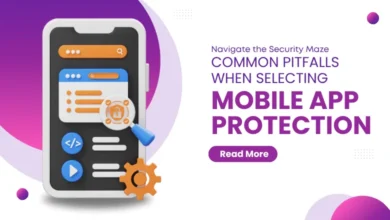Comparing the Cost of Custom Injection Molding vs. Other Manufacturing Techniques

Custom plastic injection molding is a widely used manufacturing technique for creating highly tailored plastic parts, but how does it compare to other manufacturing techniques in terms of cost? In this article, we will explore the cost factors associated with custom injection molding and compare them to alternative manufacturing techniques. With a focus on precision plastic molding and working with reputable custom plastic injection molding manufacturers, we can assess the cost-effectiveness of this manufacturing method.
Cost Factors in Custom Plastic Injection Molding
Before diving into the cost comparison, let’s explore the primary cost factors associated with custom plastic injection molding:
- Tooling Costs: Custom plastic injection molding requires the creation of molds and tooling, which can account for a significant portion of the upfront costs. The complexity and size of the parts, as well as the number of cavities in the mold, affect the tooling costs.
- Material Costs: The cost of the plastic resin used in injection molding varies depending on factors such as material type, quality, and quantity.
- Production Volume: The volume of parts produced impacts the overall cost per unit. Higher production volumes generally lead to reduced costs per part due to economies of scale and optimized production processes.
- Design Complexity: The complexity of the part design can affect the production time, required tooling, and material usage, which in turn impact the overall cost.
Comparing Custom Injection Molding with Other Manufacturing Techniques
Now let’s compare the cost of custom plastic injection molding with other common manufacturing techniques:
1. CNC Machining
While CNC machining offers high precision and versatility, it tends to be more expensive than custom plastic injection molding for large production volumes. CNC machining involves the removal of material from solid blocks, resulting in higher material waste.
2. 3D Printing
3D printing offers flexibility and rapid prototyping capabilities, but it can be cost-prohibitive for high-volume production due to the cost of materials and longer production times. The cost per part is generally higher in 3D printing compared to custom plastic injection molding.
3. Die Casting
Die casting is a suitable option for producing metal components, but it is generally more expensive than custom plastic injection molding. The high upfront costs associated with die casting, such as the cost of the dies and additional finishing operations, make it less cost-effective for smaller production runs.
4. Extrusion Molding
Extrusion molding is commonly used for continuous production of uniform parts, such as tubes or pipes. While it can be cost-effective for certain applications, it is less suitable for producing highly customized parts with intricate designs, making custom plastic injection molding a better option.
5. Blow Molding
Blow molding is typically used for hollow plastic products such as bottles and containers. Custom plastic injection molding may be more cost-effective for complex, solid parts, as blow molding is more limited in terms of design options and finishes.
Benefits of Custom Plastic Injection Molding
Custom plastic injection molding offers several advantages that contribute to its overall cost-effectiveness:
- Speed and Efficiency: Injection molding allows for high-volume production in a relatively short amount of time, resulting in lower labor costs compared to other techniques.
- Design Flexibility: Injection molding offers extensive design flexibility, allowing for complex geometries, part consolidation, and enhanced functionality, all of which can help optimize manufacturing and reduce costs.
- Material Selection: Injection molding supports a wide range of materials, including commoditized plastics, engineered resins, and specialty polymers. Material selection can be tailored to meet specific requirements, balancing performance and cost considerations.
- Consistency and Quality: Injection molding enables precise control over part dimensions, providing consistently high-quality parts, reducing the need for scrap, rework, and associated costs.
Conclusion
While the cost of custom plastic injection molding depends on various factors such as tooling, material, complexity, and production volume, it offers several advantages over alternative manufacturing techniques.
Custom plastic injection molding provides design flexibility, material versatility, speed, and efficiency, resulting in optimized cost-effectiveness.
By working with reputable custom plastic injection molding manufacturers, businesses can leverage the benefits of this manufacturing method while achieving high-quality, cost-efficient production of custom plastic parts.
Also read:






